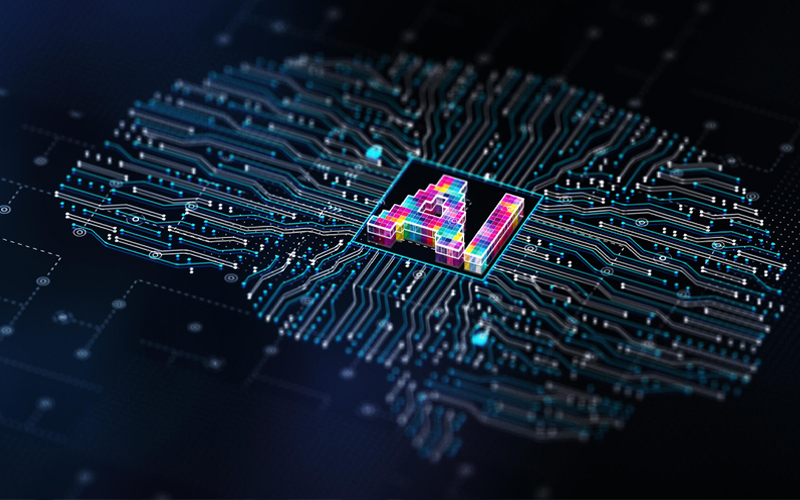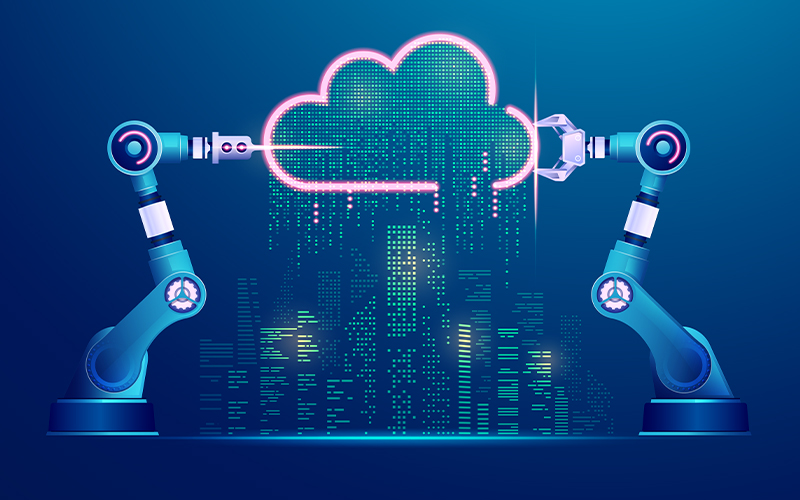BUSINESS TRANSFORMATION
Fully automated driving and the rollout of robo-taxis
The movie The Love Bug introduced the concept of autonomous self-driving cars way back in 1968 in the form of “Herbie,” a Volkswagen car with a mind of its own, foreshadowing today's fully autonomous vehicles. What seemed a far-fetched idea at that time has now become a reality. Fully automated cars have made their appearance and are expected to majorly disrupt the transportation sector.
Automation has impacted different spheres of our lives, including the introduction of steering wheel-free electric vehicles. New technologies have created agile* systems that have made our lives convenient, including the deployment of electric vehicles in various fleets. Automation in driving has evolved over the years with new and improved systems getting added, , such as those developed by Zoox.
Evolution process of automated driving
- The first stage was the introduction of systems for driver assistance wherein the control was with the driver.
- Then came the partly automated driving. In this case, there were systems that could take control but the onus for driving lay with the driver.
- After this was the highly automated vehicles in which the driver could disengage from driving for extended durations.
- The next stage was fully automated vehicles that could drive independently most of the time but needed a driver to be available, paving the way for the future of ride-hailing services.
- The current stage is that of fully automated vehicles that take independent charge of driving. The people in the vehicle are not required to play any role in driving, they are just passengers.
This level of automation has led to the concept of robo-taxis, which are expected to revolutionize urban transportation by 2024. In these vehicles there is no “cab driver”, the vehicle is self-driven. People can call a taxi to any location and travel safely to any point. Robo-taxis are cars equipped with Lidar sensors that optimise operation, navigation, and data processing. These vehicles have multi-sensor technology. They include several Lidar sensors that interact with the environment in real-time. They facilitate in accurate vehicle positioning and obstacle detection with the help of 2D and 3D Lidar sensors.
Robo-taxis are expected to transform the overall transportation dynamics. One of the biggest problems in big cities is traffic congestion, which robotaxi services aim to alleviate. Traffic congestion leads to poor air-quality impacting health and productivity in cities across the globe. In some cities where traffic congestion has had a great impact on lives, certain regulations have been imposed to restrict the number of vehicles on the road, encouraging the use of ride-hailing services. Regulations like limited parking availability, reduction in the number plate licensing numbers, and more have led to people moving away from car ownership.
In the current scenario, the trends that are impacting the automotive market are:
- Zero emission vehicles
- Autonomous driving
- Innovative mobility models
Robo-taxis fulfil these criteria. They offer convenient, personalised, and sustainable transportation options, making them a perfect alternative to car ownership or public transportation, particularly in the context of paid rides.
Chief players in the Robo-taxi domain are:
- Waymo (US)
- Cruise (US)
- Baidu (China)
- AutoX (China)
- Tesla (US)
Companies such as Ford, GM and Uber are also significant players in the sector.
Rollout of Robo-taxis
Asia News Network reports that the tech giant Baidu Inc. of China has secured the first permits to roll out the first fully driverless robo-taxi services to the public. China has emerged as a world leader in the R&D and application of self-driving technologies, with significant investments in artificial intelligence.
Baidu Inc. has received the permits for robo-taxis after conducting rigorous testing, paving the way for the deployment of autonomous fleets. These automated vehicles have been tested with a safety operator seated in the driver’s seat. The next level of testing has been with the safety operator seated in the passenger seat. After the successful completion of these tests, Baidu received permission to operate a fully automated driverless robotaxis. Permits were granted to operate paid robo-taxis in Wuhan and Yongchuan in Chongqing, marking a significant step in the deployment of autonomous vehicle fleets.
According to Zhang Xiang, a researcher at the Automobile Industry Innovation Center at the North China University of Technology, the authorisation to operate a fully driverless robo-taxi is a major milestone in the transition from Level 3 to Level 4 autonomous driving capabilities.
Final Words
Automated driving comes in the wake of *digital transformation initiatives undertaken by businesses across the globe, including the rise of robotaxi services. One of the aspects of digital transformation is the thrust to build sustainable models in different spheres, including the development of robotaxi services. Fully automated robo-taxis are envisioned to resolve issues such as traffic congestion, air pollution, and more. These vehicles also offer a convenient transportation option to people. Robo-taxis will respond to voice commands by commuters and transport them. The passengers can take a nap, read, etc. while travelling to their destinations in a fully automated electric vehicle fleet. Robo-taxis are the future of the automotive industry.
*For organizations on the digital transformation journey, agility is key in responding to a rapidly changing technology and business landscape. Now more than ever, it is crucial to deliver and exceed on organizational expectations with a robust digital mindset backed by innovation. Enabling businesses to sense, learn, respond, and evolve like a living organism, will be imperative for business excellence going forward. A comprehensive, yet modular suite of services is doing exactly that. Equipping organizations with intuitive decision-making automatically at scale, actionable insights based on real-time solutions, anytime/anywhere experience, and in-depth data visibility across functions leading to hyper-productivity, Live Enterprise is building connected organizations that are innovating collaboratively for the future.







